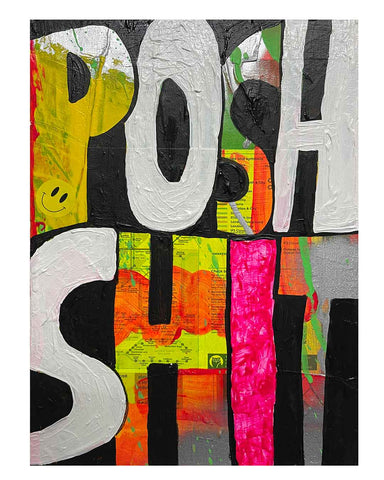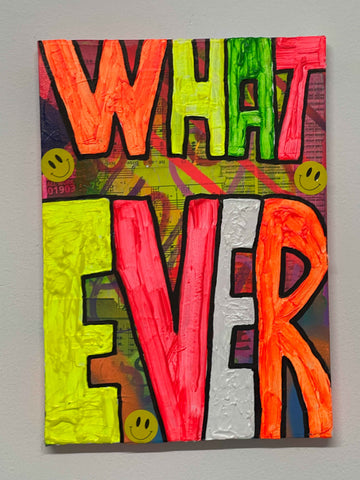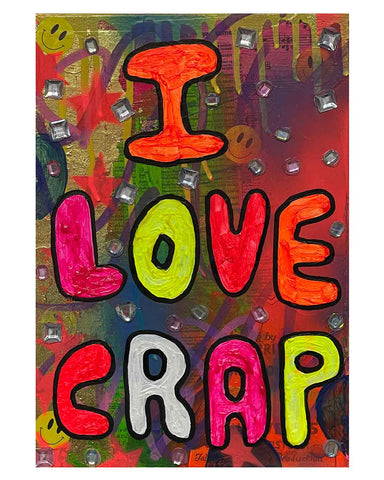The power of Typography Art. Text Art has become a potent method of artistic expression by overcoming its traditional limitations. The introduction of type signified the start of a new period and the end of the Middle Ages. The need for playing cards and holy pictures drove an evolutionary leap in the printing of distinct metal kinds. The technique was further developed with the use of stencils for colouring and engraved wood blocks. Typography’s beginnings are a contentious topic; assertions from many European nations, with the exception of Germany and Holland, have been shown to be false. There is compelling evidence that typography originated in Mainz, most likely as a result of Gutenberg’s efforts between 1450 and 1455. Although Coster of Haarlem was given credit for the invention by some, further research has called into question this assertion. Even yet, Haarlem eventually had to concede to the enormous body of evidence that pointed to Gutenberg as the likely creator.
The Essence of Typography Art
The element of symmetry is essential to beauty. What is the relationship between printing and art? The viewpoints of the job printer and the book printer are the two available. A smaller clientele is the goal of the book printer, whereas a larger clientele is the aim of the job printer. Printing is an art form as well as a business, and artistic components are crucial. Studying art opens your eyes to new possibilities and inspires motivation. In design, proportion is important for everything from text arrangement to book page proportions to margins. Different page sizes are supported by the use of expanded and condensed typefaces. Understanding the proportionality and link between vertical and horizontal lines can be modelled through architecture. Whether it comes to spacing, vertical distribution, or horizontal alignment, balance is essential.
Beyond only words, typography art turns letters and symbols into artistic works of visual art that arouse emotions and encourage thought. This identity gets deeply embedded in the collective memory of the local populace throughout time. Ceramic tiles are preferred because of its low cost, durability, and artistic potential. Additionally, ceramics arouse feelings of empathy and help to humanize the architectural environment. Artists can add individuality, atmosphere, and depth to their works by carefully choosing font types, sizes, colors, and layouts.
Communication Beyond Words
In an information-rich age, typographic art provides a novel means of conveying thoughts and concepts. While beautiful, serif designs suggest history and sophistication, bold, sans-serif fonts may express confidence and modernity. Designers can modify the visual language to resonate with particular audiences and purposes by carefully choosing typographic elements.
Emotional Resonance
Typography possesses a wonderful potential to arouse feelings and establish subconscious relationships with viewers. In psychobiology, emotion is a basic idea. Anger, fear, joy, and sadness are important emotions that influence behavior in stressful circumstances. These feelings have changed over time because of how much they affect how people behave. They affect several body systems, happen suddenly in episodes, are simple to recognize and report, flood consciousness, and have obvious causes. They are not the same as urges, attitudes, moods, or characteristics. The artwork's mood—whether it be lighthearted and whimsical or serious and reflective—can be affected by the typeface, alignment, and spacing choices used. All people know and experience these basic emotions, so it is insufficient to write them off as purely naturalistic. Certain academics argue that refined or artistic emotions should be given a unique status because they are said to be devoid of essential elements of basic emotions. Terminology related to sophisticated and artistic feelings, however, can obscure the meaning.
Cultivating Creativity
Typography art promotes creativity and experimentation by encouraging creators to try out novel methods and push the limits of accepted design norms. The question of whether art evokes basic or aesthetic feelings is an important one in philosophy and psychology. Though most people agree that music evokes basic feelings, opinions of art vary. Paintings can provoke a spectrum of aesthetic responses, from peaceful contemplation to aesthetic emotion, according to some, while others contend that they can instantly elicit basic emotions like wrath or terror. Not many philosophers of aesthetics contend that paintings elicit common psychobiological feelings. Rather, the general consensus is that different aesthetic reactions are evoked by visual art. There are countless opportunities for artistic expression in this dynamic world of typography, ranging from calligraphy and hand writing to digital typography and dynamic typography. Furthermore, typography art has become more accessible thanks to digital tools and platforms, which have made it possible for ambitious artists to interact with colleagues internationally and share their work with a global audience.
Enhancing typography, ornaments and decorations take their cues from artistic traditions as well as nature. Significance and appropriateness should be taken into consideration when selecting decoration. Typographic ornamentation has been shaped by Italian and German influences, fusing imitation with originality. Typography strikes a balance between functionality and adornment, reflecting rococo and mission architectural and design traditions. Typographic preferences are influenced by varying ornamentation choices, which span from simple designs to complex ones. Typography is visually interesting when initials, corner ornaments, and other decorative features are used. Because of the way they are constructed, Gothic ornaments are more popular nowadays than Italian ones. In the end, decoration should enhance the design rather than take centre stage.
Impactful Visual Storytelling
Fundamentally, typography art is a type of visual storytelling that may express intricate ideas and narratives in a single image or composition. Although there are many different theoretical viewpoints, most concur that emotions cause significant physiological alterations. In most emotion theories, the eliciting event—or the mental representation of it—is essential. The importance of past information processing is acknowledged even by perspectives that highlight physical changes. Artists can use typography to convey strong statements and spark discussions about social, cultural, and political concerns through typographic posters, magazine layouts, or multimedia works.
Please get in contact regarding more information about my text artwork.
Listen to my podcast below on text art.





